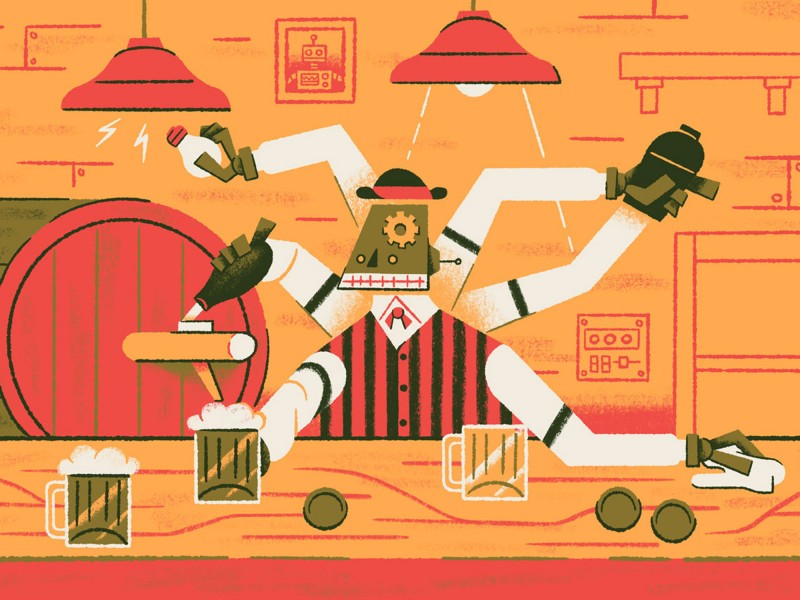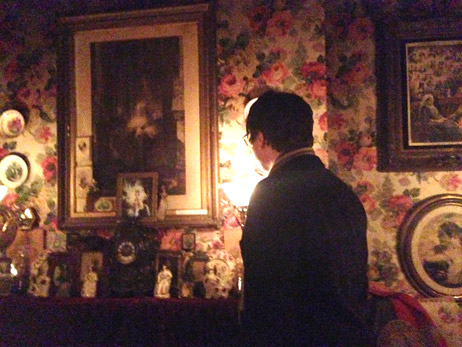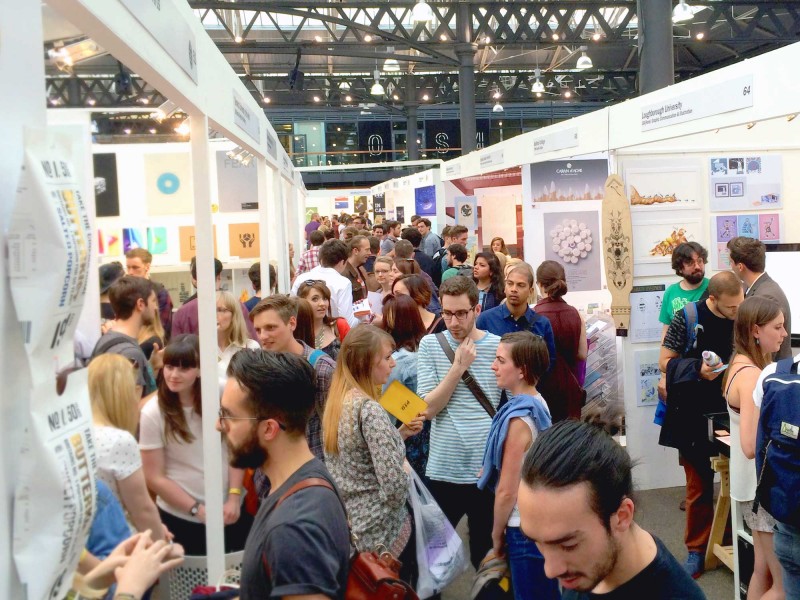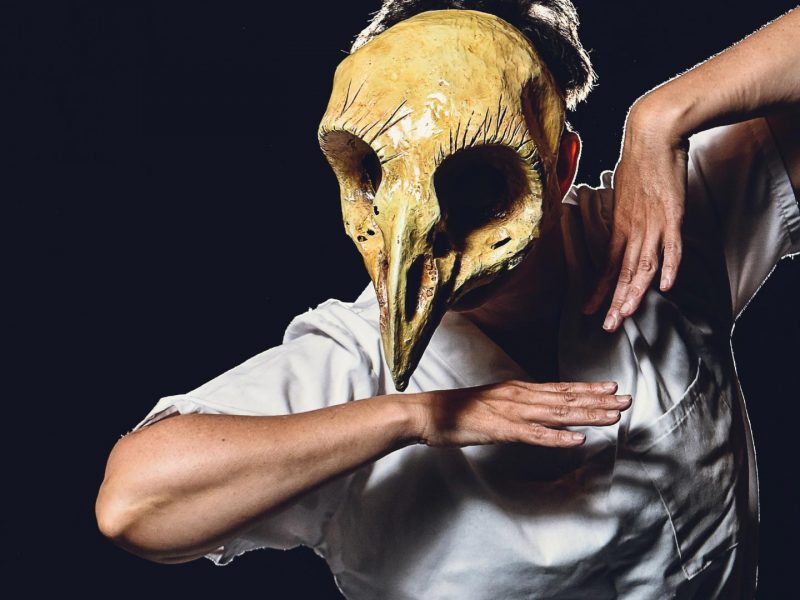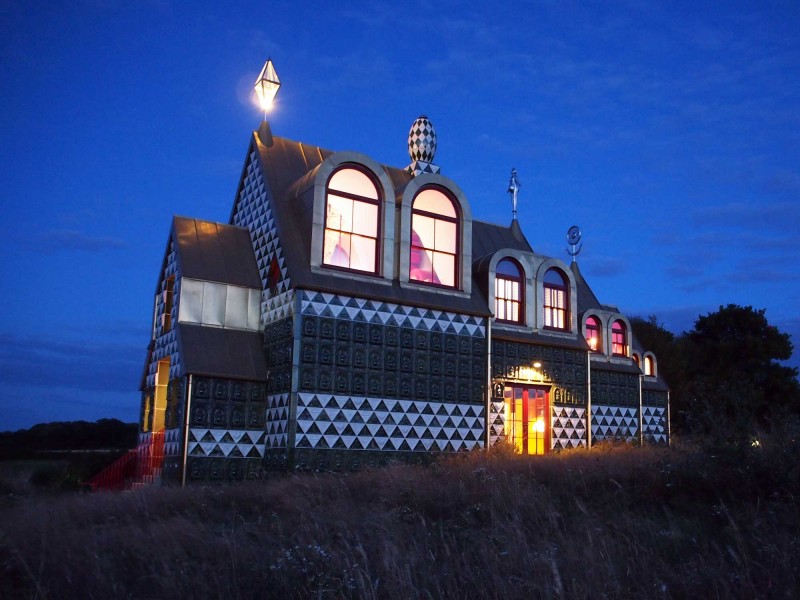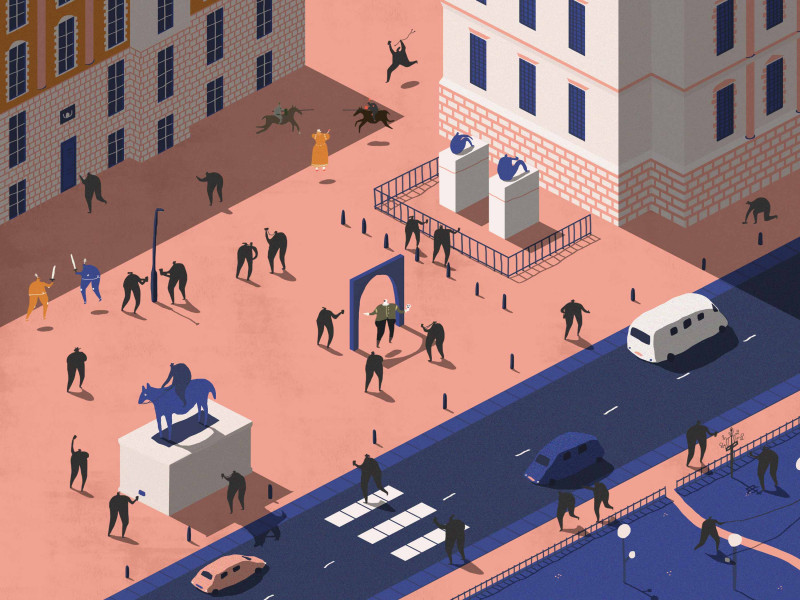For our November Cog Night the team travelled back in time to discover life in 18th Century Spitalfields, by candle light at Dennis Severs house. Lucy talks about the feeling of being in 18 Folgate Street.
Dennis Severs’ House
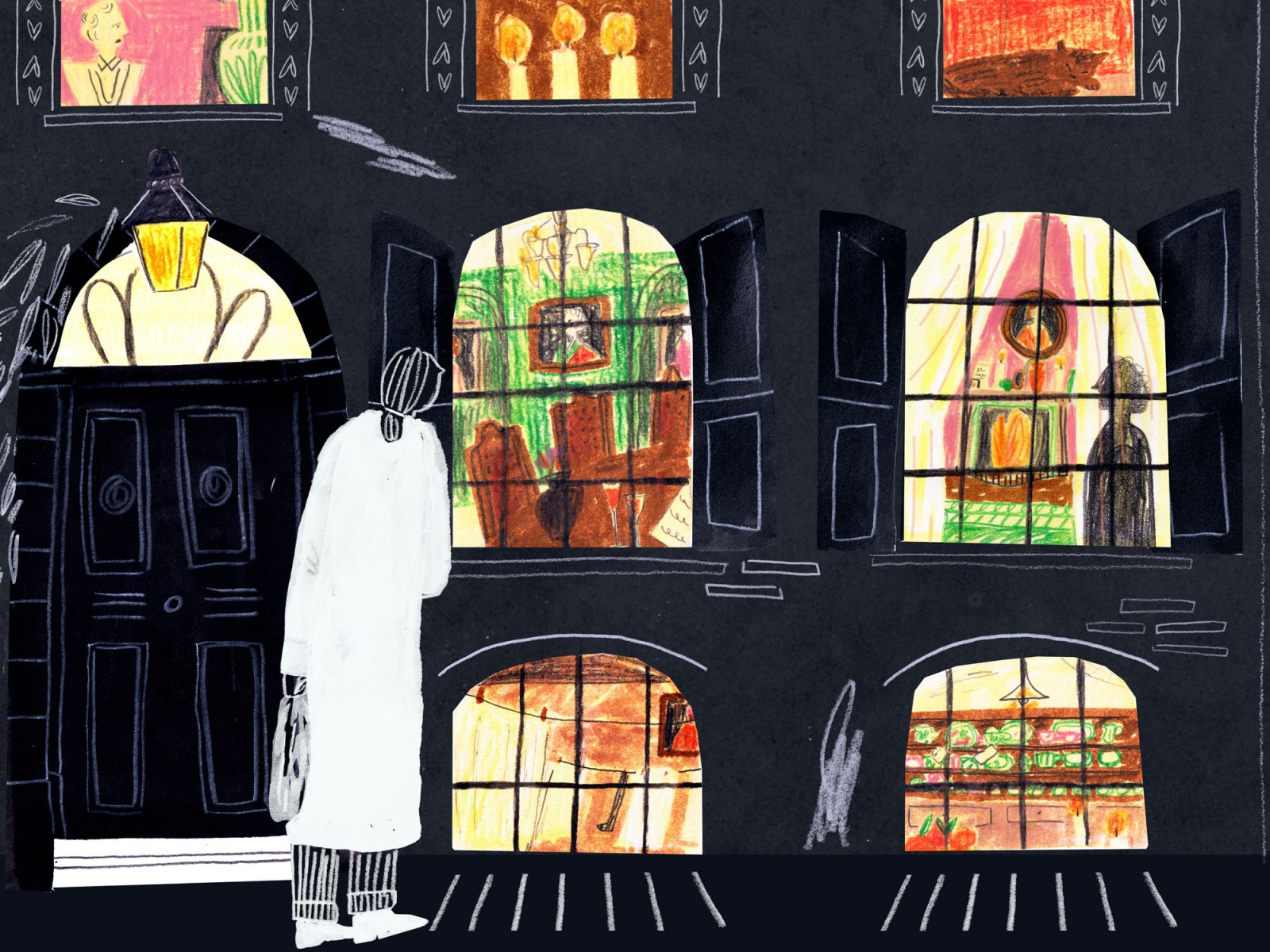
Right from the off, you’ll probably notice something quite unusual about this review. There are almost no photographs which is very unusual for a post in this journal.
That’s for a few reasons: first off, upon our arrival on a damp November evening at the tall, shuttered house (with an oil lamp burning outside), we were warned by the steward not to take any photographs inside the house.
It’s not unheard of us to break the rules, but there’s another reason why none of us pulled out our phones to take a quick snap of the different rooms we explored within the historic house. We had a feeling that we shouldn’t.
And that feeling is hard to describe.
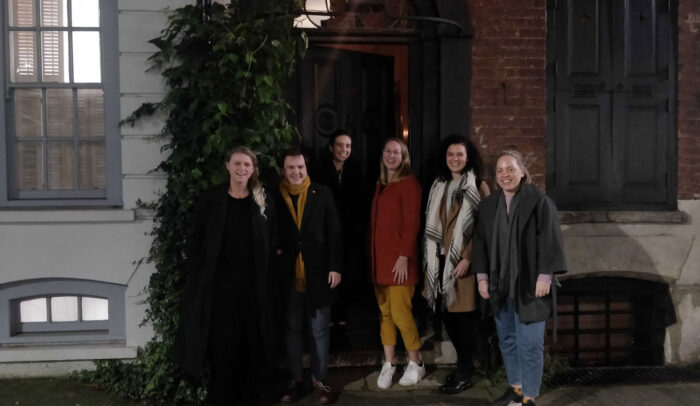
Some of the Cog team outside 18 Folgate Street
Dennis Severs created and curated the imaginary home of a family of French Huguenot silk-weavers, from 1724 to the 20th century, as a labour of love. The conceit is that you are in fact in the home of a person who has just left the room, for a split second. It’s easy to forget that those people can’t have just left because they would have lived hundreds of years ago.
A visit to 18 Folgate street is a trip through time. Each of the five floors is set-up in a different historic period, from the 18th Century onwards. Each floor contains the recognisable set of rooms: a kitchen, a bedroom, a sitting room.
The commitment of the staff at Dennis Severs’ House, to maintain his lovingly constructed home is impressive although, unlike the founder, they don’t actually live in the house to recreate this atmosphere.
The lit fireplace, with bread toasting, takes you back to the early 1700s. The half drunk tea, in a parlour, evokes Georgian inhabitants. These objects and many more have been carefully laid out to portray those who ‘inhabit’ the house.
All these cues and clues add up to an eerie feeling. It’s the feeling that you’re truly intruding in someone’s home, and they’ve just popped out to answer the front door. And this is the real reason why we felt uncomfortable taking any photographs.
As the labels dotted around the house stated ‘you either see it or you don’t’. With limited interpretation and guidance, Dennis Severs’ House relies on visitors having either some historical knowledge of the 18th Century, or a fantastic imagination and acceptance of something other than their own experience.
We all took different things from the experience, the tiny details resonating in different ways with different members of the team: the smells, the sounds, the historically accurate (and less accurate) details, or the design choices favoured by those historic ‘residents’.
But the biggest questions this place leave you with are: ‘what mark would I make?’ and ‘what does my kitchen look like as I leave to answer the knock at the door, or my bedroom as I run downstairs to grab my ringing mobile phone?’
The truth is Dennis’ Severs House is intended to remind us that the people it represents were just that, people. Despite the centuries that divide us, they were just like us.
Illustration by Lucia Vinti for our Cultural Calendar.


